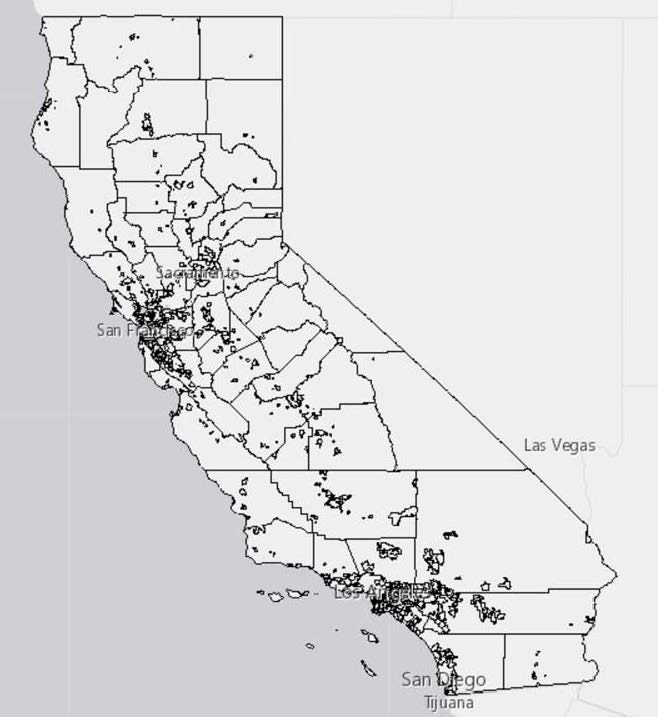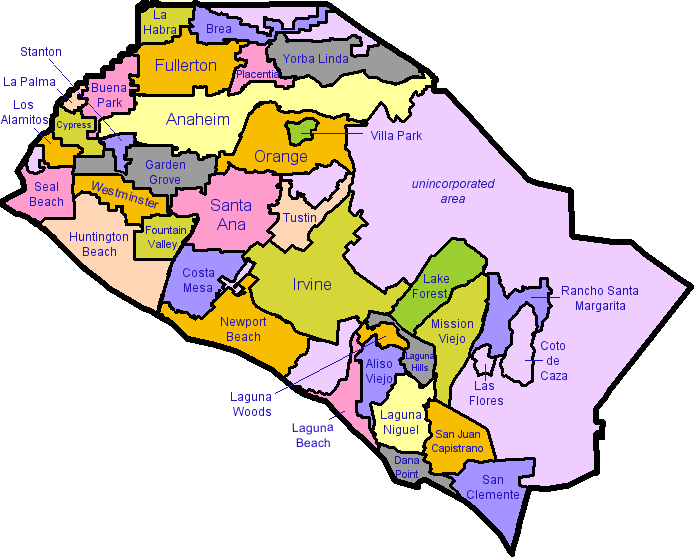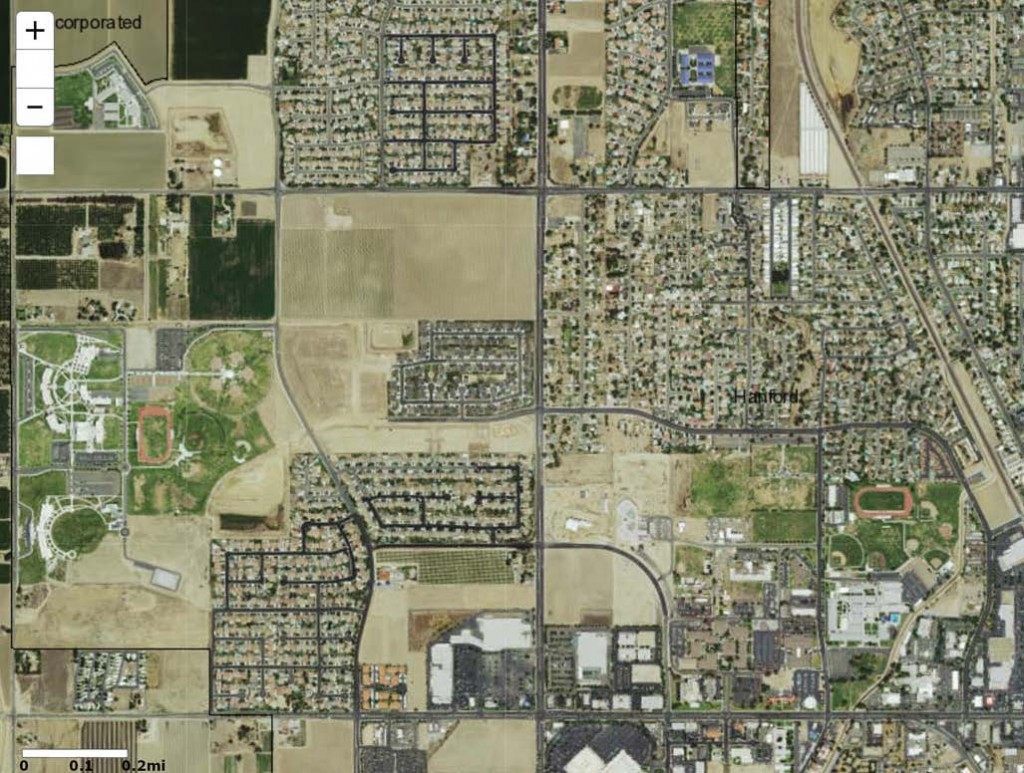We hear a lot about CEQA abuse, but maybe it’s time for a new term: “CEQA study abuse.”
As I blogged previously, the law firm Holland & Knight issued a report attempting to document how the California Environmental Quality Act (CEQA) undermines environmental goals. I certainly share the concern of many industry actors and their representatives at law firms like Holland & Knight that CEQA is sometimes counter-productively used against meritorious projects, particularly infill development. And that’s why I’ve supported reforms to the law that help environmentally beneficial projects, such as those that lower overall driving miles and are located near high-quality transit. SB 743 (Steinberg, 2013) is the perfect example of this approach.
But the Holland & Knight study, which tracked litigation records (notably leaving out other ways that CEQA affects project approvals, both good and bad) used an overly broad definition of infill that inflated the results. My UCLA Law colleague Sean Hecht exposed the flaw in this post.
But then Don Perata, former state senate president, came to Holland & Knight’s defense. Perata represents an organization called the “California Infill Builders Federation,” but his arguments support anything but infill. His post on the political site Fox & Hounds didn’t try to rebut Sean’s points but instead misrepresented them, as Sean described in his counter-response.
Bottom-line: the “Infill” Federation is apparently comfortable with a definition of infill that includes all projects located within the boundaries of every city in California, including some county locations. For a visual representation of what that means, here’s the map of incorporated California cities:
 For a closer look, here’s incorporated Orange County, which essentially covers the entire jurisdiction not on a mountain or a military base:
For a closer look, here’s incorporated Orange County, which essentially covers the entire jurisdiction not on a mountain or a military base:

And even closer, here’s a supposedly “infill” area in incorporated Hanford in the San Joaquin Valley:
 Most of these areas should fit no one’s definition of “infill,” and the report authors should correct that labeling in the study. Relaxing CEQA requirements in these outlying areas would only benefit sprawl and hurt efforts to promote infill-friendly policies.
Most of these areas should fit no one’s definition of “infill,” and the report authors should correct that labeling in the study. Relaxing CEQA requirements in these outlying areas would only benefit sprawl and hurt efforts to promote infill-friendly policies.
Furthermore, as Sean originally noted, this CEQA “study” should not be the basis of any policy making. I hope Sacramento decision-makers are paying attention, because this book should definitely not be judged by its cover.
2 thoughts on “Doubling Down On Flawed CEQA “Study” On Infill”
-
Pingback: Blaming CEQA For The Lack Of Infill | Ethan Elkind
-
Pingback: Flawed Industry CEQA Study Gets More Flawed | Ethan Elkind
Leave a Reply
You must be logged in to post a comment.


